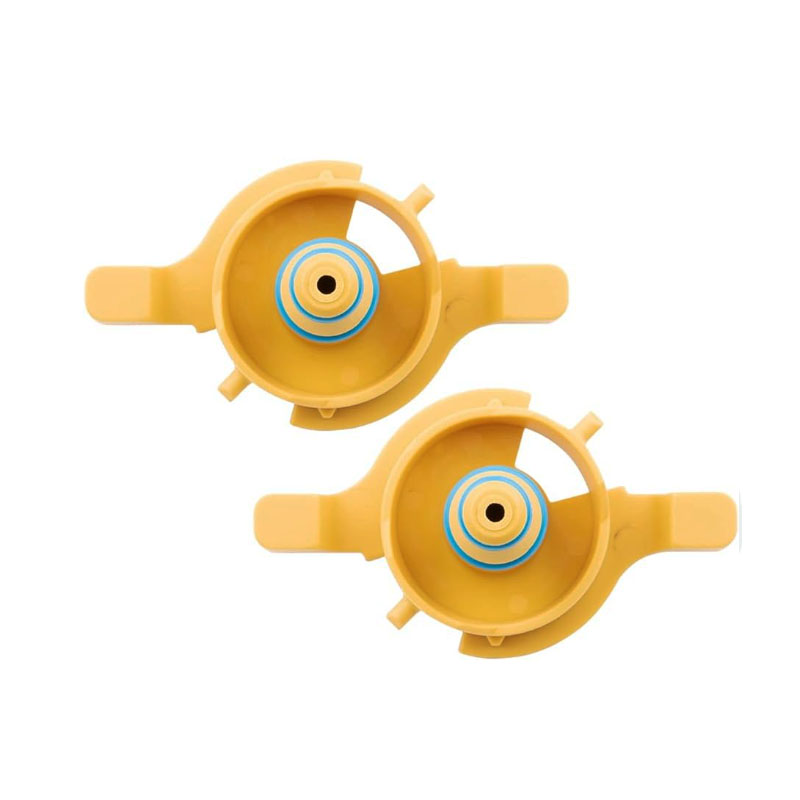flat rubber gasket material
Understanding Flat Rubber Gasket Material Uses, Benefits, and Considerations
Flat rubber gaskets are essential components used in various industrial applications. These gaskets provide effective seals, preventing leakage of fluids and gases between two mating surfaces. With a diverse range of rubber materials available, understanding the properties and applications of flat rubber gasket material can aid in achieving optimal performance and longevity in different environments.
Composition and Types of Flat Rubber Gasket Material
Flat rubber gaskets are manufactured from a variety of rubber compounds, each selected for specific characteristics such as flexibility, durability, and resistance to certain chemicals or temperatures. Common types of rubber used include
1. Neoprene Known for its versatility, neoprene gaskets provide good resistance to oils, water, and certain chemicals. They exhibit excellent aging and weathering characteristics, making them suitable for both indoor and outdoor applications.
2. EPDM (Ethylene Propylene Diene Monomer) This synthetic rubber is particularly resistant to heat, oxidation, and ozone. EPDM gaskets are an excellent choice for applications involving water and steam, as well as outdoor uses where exposure to sunlight is a factor.
3. Nitrile (Buna-N) Nitrile rubber is primarily used for applications involving oil and fuel. Its high resistance to petroleum-based fluids makes it ideal for automotive and industrial applications where leaks must be avoided.
4. Silicone Known for its high-temperature resistance and flexibility, silicone gaskets are often used in applications that require a wide temperature range. They are also resistant to UV radiation, making them suitable for outdoor use.
5. Viton A type of fluoroelastomer, Viton gaskets provide exceptional resistance to a wide range of chemicals and extreme temperatures. They are often used in aerospace and automotive industries where durability under harsh conditions is paramount.
Key Benefits of Using Flat Rubber Gaskets
1. Effective Sealing The primary function of any gasket is to create a seal between surfaces, preventing leaks of liquids and gases. Rubber gaskets, particularly flat ones, can conform to irregularities in surfaces, ensuring a more effective seal.
flat rubber gasket material

2. Durability Rubber materials are known for their ability to withstand various environmental stresses including temperature fluctuations, exposure to chemicals, and mechanical wear. This durability extends the lifespan of the gaskets and reduces the need for frequent replacements.
3. Ease of Installation Flat rubber gaskets are generally easy to cut and shape. This makes them user-friendly for quick repairs or custom fits for unique applications without the need for specialized tools.
4. Cost-Effectiveness Compared to other sealing materials, rubber gaskets are usually more affordable. Their ability to last longer than other types of materials often translates into lower overall maintenance costs.
5. Non-Toxic Options Available Many rubber gasket materials are non-toxic, making them suitable for food and medical applications. This expands their usability across various industries.
Considerations When Choosing Flat Rubber Gasket Material
1. Application Environment Consider the operating conditions such as temperature, pressure, and exposure to chemicals. Selecting the right type of rubber based on these factors is crucial for the gasket's performance.
2. Compatibility Ensure the chosen rubber material is compatible with the fluids and gases it will encounter. Additionally, consider its compatibility with the environment to avoid degradation over time.
3. Thickness and Size The dimensions of the flat rubber gasket must match the application requirements. Too thick a gasket can lead to performance issues, while too thin may not provide adequate sealing.
4. Certification and Standards For specific applications, especially in industries like food processing or pharmaceuticals, ensure that the rubber gasket complies with relevant industry standards.
Conclusion
Flat rubber gasket materials are vital in providing reliable seals across various applications, from automotive to industrial and beyond. By understanding the types of rubber available and their unique properties, users can make informed decisions regarding selection, ensuring that the gaskets perform effectively in their intended applications. The right flat rubber gasket will not only enhance operational efficiency but also contribute to the safety and reliability of systems in which they are used.
-
Understanding the Front Main Engine Seal: Purpose, Maintenance, and Installation
News Jul.29,2025
-
Understanding O-Rings and Seal Rings: Types, Applications, and Custom Solutions
News Jul.29,2025
-
Understanding Crankshaft Oil Seals: Rear Seals, Pulley Seals, and Their Role in Engine Integrity
News Jul.29,2025
-
The Importance of Front and Rear Crankshaft Seals in Engine Performance and Oil Management
News Jul.29,2025
-
Crank Oil Seals: Functions, Types, and Cost Considerations in Engine Maintenance
News Jul.29,2025
-
A Comprehensive Guide to O-Rings and Seals: Types, Materials, and Global Applications
News Jul.29,2025
-
Mastering Diesel and Performance Engine Maintenance: A Guide to Critical Oil Gaskets
News Jul.28,2025
Products categories















